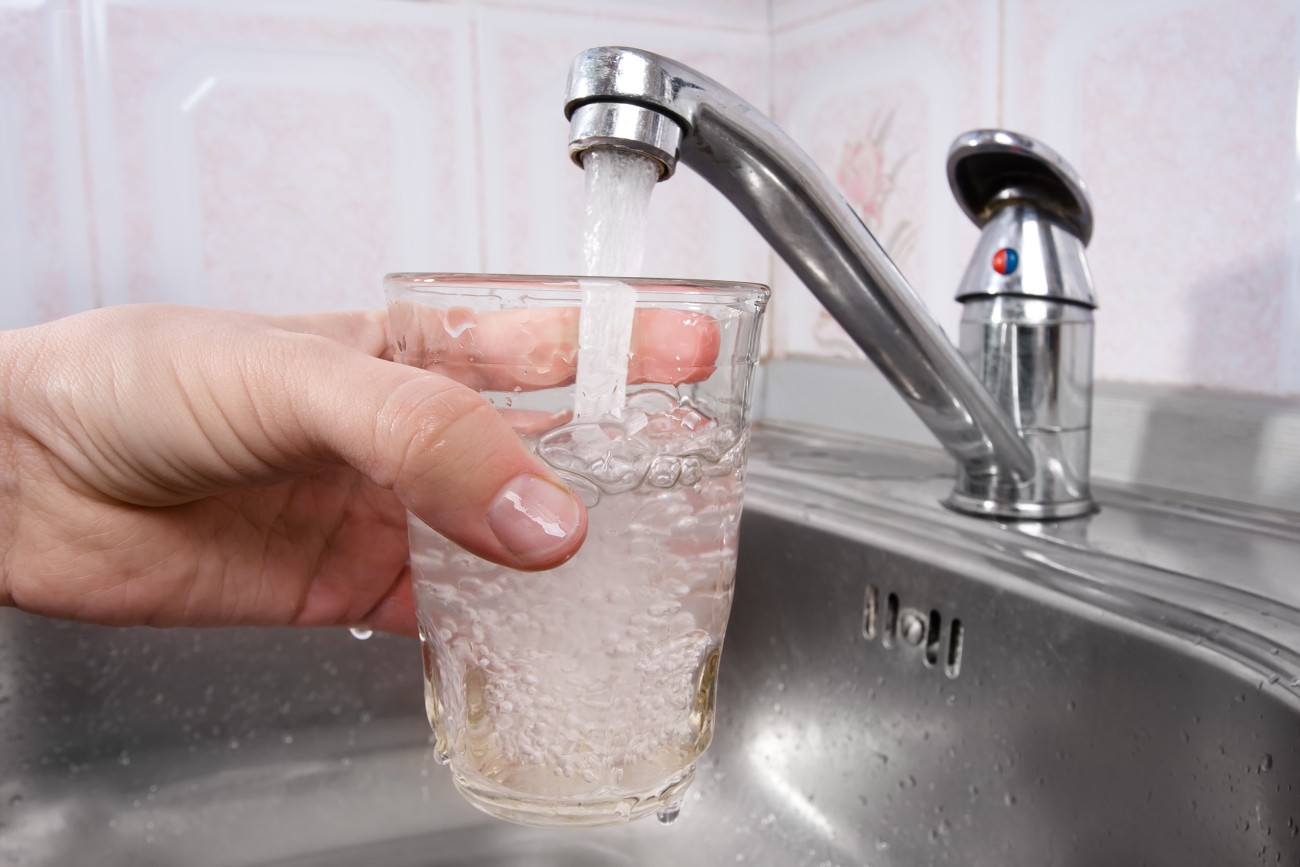
Failing Water Infrastructure Impacts Health
The American Society of Civil Engineers’ 2017 Report Card for America’s Infrastructure awarded the infrastructure that delivers the water Americans drink a grade of “D.”
That’s right. It failed.
Water Quality Awareness Month is the perfect time to look at how our nation’s failing water infrastructure is impacting health.
Turns out that U.S. cities rely on pipes that are, on average, a century old. Age combined with strain from population growth, lack of investment, the pervasiveness of lead pipes, and emerging threats from extreme weather events have increased the burden on the current water infrastructure system and the health risks to our communities.
The pipes leak 6 billion gallons of drinking water daily, or about 14 percent of all treated water. This waste of energy and water costs $2.6 billion a year. It is estimated that the water and energy saved from stopping leaks could support 15 million households.
Leaks add water to the ground where it acts as a “universal solvent” to dissolve and spread many different types of substances, including toxic chemicals from factory runoff, construction sites, and other activities.
Health issues are associated with the water that remains in the systems as well. The Natural Resources Defense Council recently found that more than 27 million Americans get their water from systems that violate health standards.
Improperly treated water can expose Americans to harmful chemicals such as lead, arsenic, and PFAS. According to the Centers for Disease Control and Prevention (CDC), “young bottle-fed infants who consume mostly formula mixed with tap water can receive 85 percent of their exposure to lead from drinking water.”
Overall, America’s drinking water quality is still among the best in the world. But if the current state of neglect continues that may change.
It is estimated that $105 billion is needed to repair America’s water infrastructure. In addition to reducing the chance of chemical exposure, this investment could create hundreds of thousands of family-sustaining jobs. BlueGreen Alliance research has found that improving our drinking and clean water systems to a “B” grade over the next 10 years could create about 654,000 job-years across the U.S. economy. With strong labor and procurement standards, among other policies, we can make sure that these jobs are good jobs.
Safer water. Improved health. Quality jobs. That sounds like an A+.